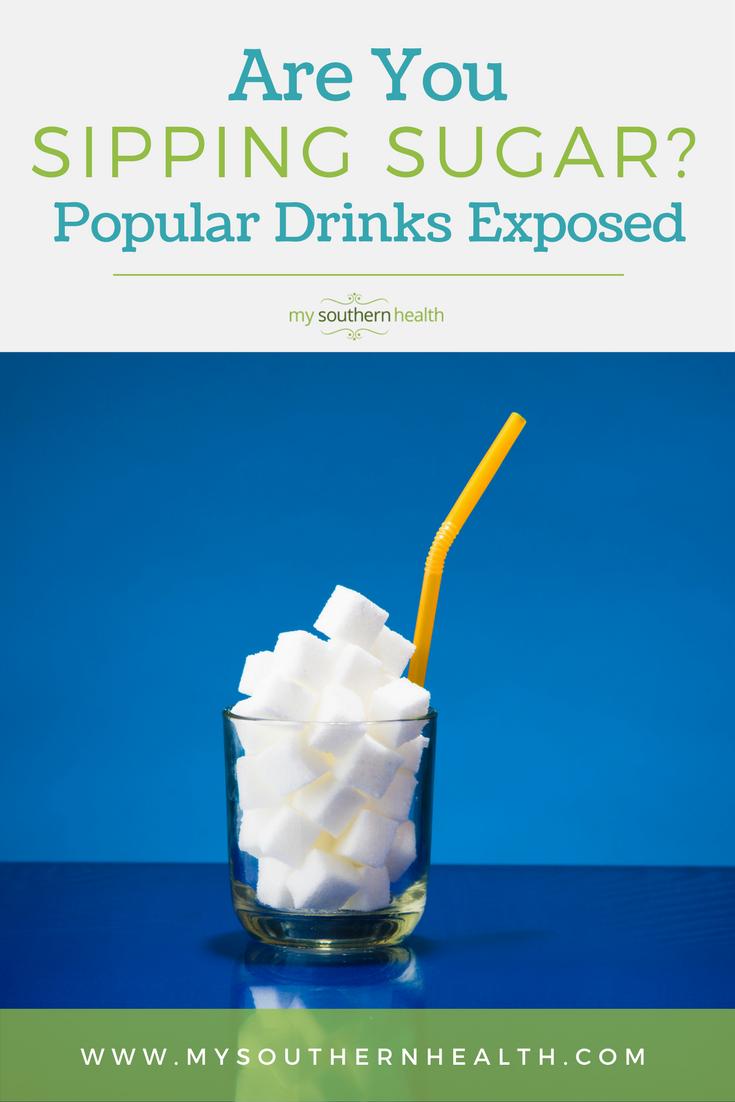 Most Americans eat – or drink – too much sugar.
Most Americans eat – or drink – too much sugar.
We are far too sweet a nation.
Americans eat a lot of sugar. Nutrition experts are increasingly pointing to excess sugar in our diet as a significant health problem. All that extra sugar contributes to diabetes and obesity – which in turn lead to other serious problems.
In early January 2016, the federal Agriculture and Health and Human Services departments announced changes to its dietary guidelines. The government updates these guidelines every five years. Their main purpose is to help develop food, nutrition and health policies and programs, including school lunches.
The new guidelines address “added sugar,” sugar or its chemical equivalents (including high fructose corn syrup) that are added to foods during processing or preparing. These are different from natural sugars, such as fructose in fruit or lactose in milk.
Also, the guidelines now recommend that adults get no more than 10 percent of their daily calories from added sugar. For an adult consuming 2,000 calories per day, that puts a 200-calorie limit on added sugar.
One gram of sugar has 4 calories. (One teaspoon has about 15 calories). Thus, under the new guidelines, with a 2,000-calorie-per-day diet, we should take in less than 50 grams (about 10 teaspoons) of added sugar per day.
That might seem generous, until you consider how much sugar is in many common foods. Most people eat portions larger than the “serving” described on the nutrition label, so they’re taking in even more sugar than these examples* :
One sugar packet: 3 grams of sugar
One serving (2 tablespoons) of Kraft Creamy French salad dressing: 5 grams
Mrs. Butterworth pancake syrup, ¼ cup: 38 grams
Prego Heart Healthy tomato sauce, ½ cup: 8 grams
Barbecue sauce, 1 cup: 65 grams
Great Value (Walmart brand) frozen sweet potato fries, 18 fries: 6 grams
One (6-ounce) Yoplait strawberry yogurt: 18 grams
¾ cup Kellogg’s Frosted Flakes: 12 grams
2 slices white bread: 4 grams
Nature Valley Oats ’N Honey crunchy granola bars, 2 bars: 11 grams
One 12-ounce can of Coca-Cola: 39 grams
One cup (8-ounce) chocolate milk: 24 grams
One cup (8-ounce) orange juice: 24 grams
20-oz Gatorade (original): 35 grams
Starbucks grande (16-ounce) latte with nonfat milk: 18 grams
Lipton original Sweet Tea, 8 ounces: 23 grams
These amounts reflect the total amount of sugar in these foods: naturally occurring sugar plus whatever was added during manufacturing.
The U.S. Food and Drug Administration wants to change nutrition labeling to reflect how much of a food’s sugar is added. For example, the nutrition facts label on a jar of applesauce today may say that 1 cup of applesauce has 36 grams of sugar. An unsweetened version, with only natural fruit sugar, has 23 grams of sugar. Presumably, 13 grams of the sweeter applesauce’s sugar was added. If the FDA proposals are adopted, in the future the label would specify how much of the sugar was added during processing.
Knowing how much added sugar is in food could help people reduce how much of it they eat. The 2015-2010 guidelines point out that most Americans eat more added sugar than they should – almost 270 calories’ worth, or 13 percent of their daily calories. (The FDA puts the estimate higher, at 16 percent.)
Most of our extra sugar (47 percent of it, the guidelines say) comes from drinks: “soft drinks, fruit drinks, sweetened coffee and tea, energy drinks, alcoholic beverages and flavored waters.” The other big sources? Snacks and sweets, including “cakes, pies, cookies, brownies, doughnuts, sweet rolls, and pastries; dairy desserts such as ice cream, other frozen desserts, and puddings; candies; sugars; jams; syrups; and sweet toppings.”
Tips for cutting back on added sugar, from the dietary guidelines, regardless of whether food labels change:
- Choose drinks with no added sugar, such as water, milk (fat-free or low-fat is best) or 100 percent fruit or vegetable juice.
- Reduce the number and size of sugary drinks you consume.
- Cut back on the desserts and sweet snacks you eat, both how many servings you eat and the size of the portions.
- Choose unsweetened or no-sugar-added versions of canned fruit, fruit sauces (such as applesauce) and yogurt.
Even those who adore sweets can find ways to cut back on sugar.
* Nutrition information comes from the products’ websites and from NutritionData.Self.com, a nutritional website. If you’re trying to track the sugar – or other nutrients or calories – in your diet, this website lets you search nutrition data by foods, including fast-food and restaurant items. An interactive tool lets you adjust portion sizes to easily gauge calories and nutrients in the amount of food you’re actually eating.

